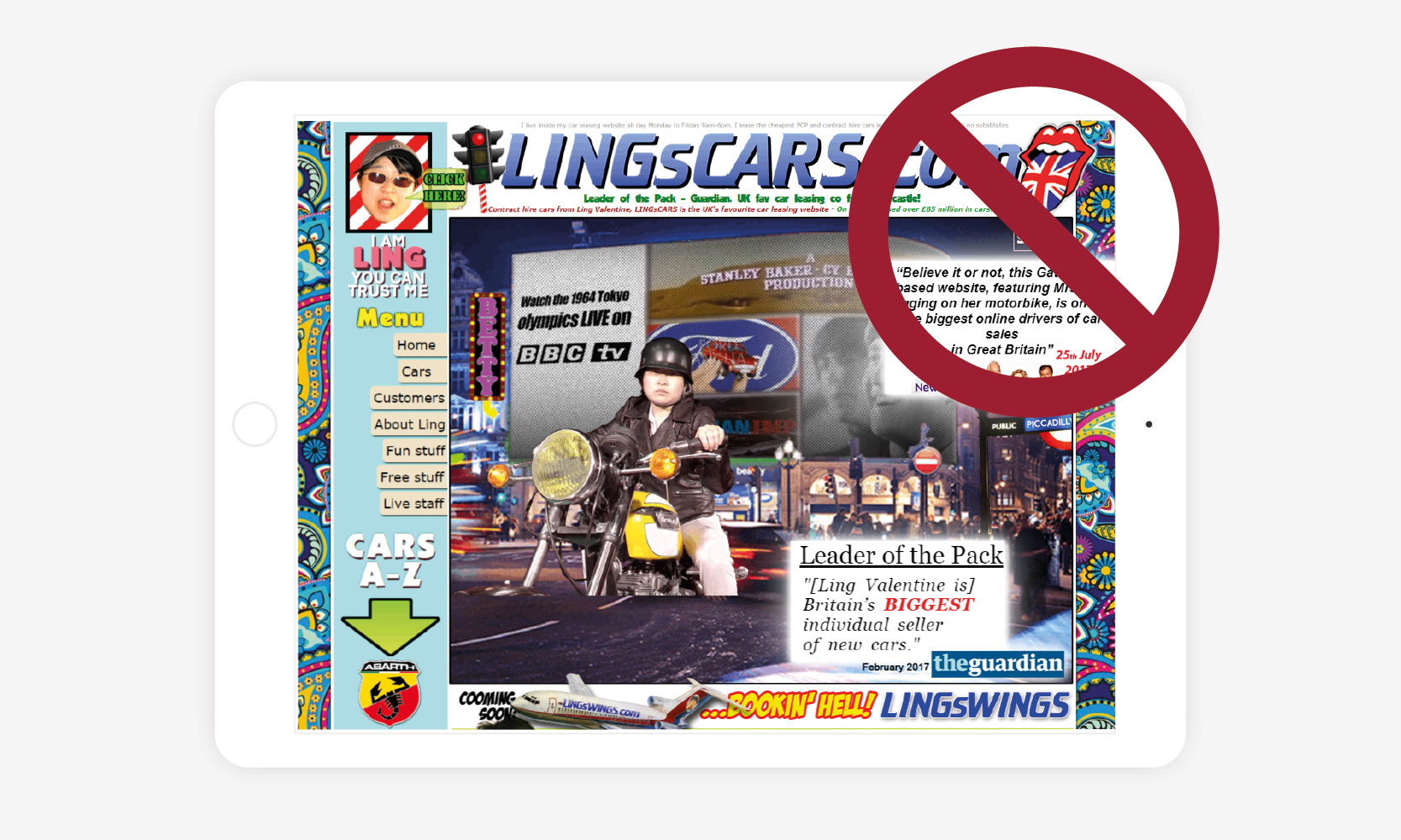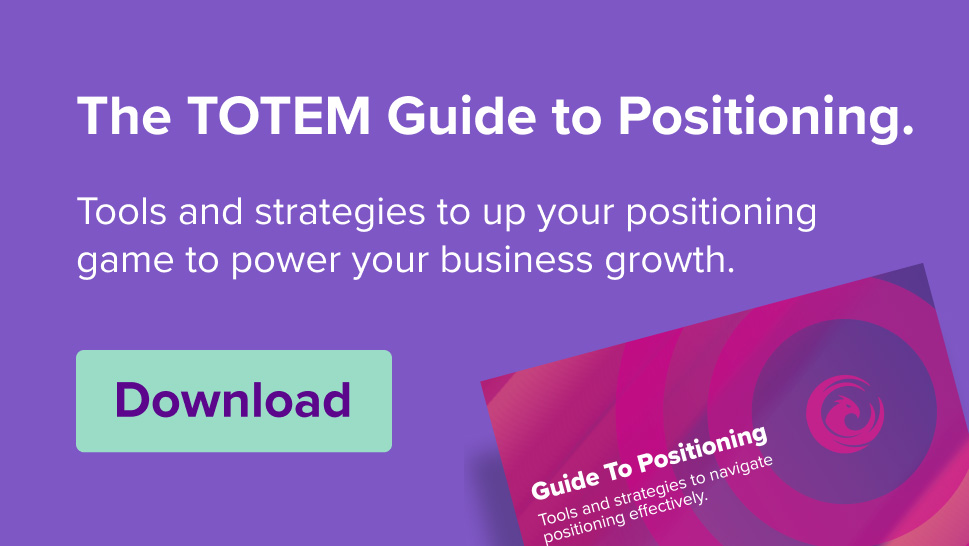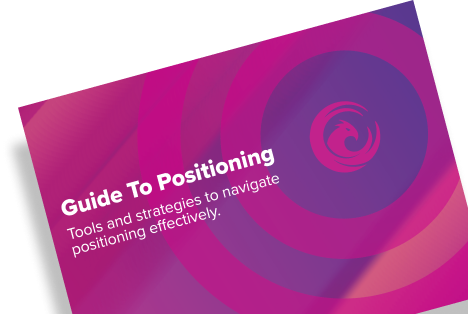What makes an effective, dynamic and engaging website design – one that best expresses your vision and communicates your key message? It’s a question that comes up so often for us.
To start with, we believe a well-designed website is so much more than another static piece of business marketing collateral. Your website is your shop window, it’s how you uniquely present your brand’s purpose and values to the outside world, how you communicate with your tribe. It’s one of the most important resources for your business, so you need to ensure you’re making the most of it.
Your presence offline only gets you so far, and in a digital world you need to start thinking of your website as the face of your business. It’s the person on the front desk, it’s your warm welcome. It’s your silent salesperson. It is, ultimately, the authentic reflection of your values and your expertise.
To delve deeper and share some key insights with you, we went in-house to chat to Viktorija Cumikova, a Senior Designer here at TOTEM. Viktorija takes a truly holistic, brand-led, approach to UX and website design and believes that first understanding your ‘why’ and the uniqueness of your product or service is key.
To do that means looking at your business and offering from the outside in – from your customers’ point of view. And using that perspective to craft superior UX website designs that transform your customers’ journeys with your brand. Some examples of client projects Viktorija and the team are particularly proud of include Cliff Beach House, Eurofins and Valid8Me.
So, let’s learn from Viktorija and check out the most frequently asked questions when it comes to brand led website design…

1. Our business has evolved in recent years, but our website design hasn't changed with it and it no longer reflects our vision. What should we do?
You’ve already started on the path to a better website. The first step is recognising that your website design isn’t as good as it should be. Now is the time to step back and think about your vision. Think about the future. Where do you see the organisation in five years? Where will your markets be? What sales strategies will you be using?
Once you have the answers to these questions, you’ll start to get a much better idea of the actions your business needs to take today. Over the years, your business is going to grow and evolve, and you need a site that will allow for this change and will grow with you.
What you want is a website design that, five years from now, will still be a true reflection of your brand values and purpose. But one that can also react and adapt to the ever-changing business environment.
2. What are UX design and the User Journey? And do I need to worry about them?
UX – or User eXperience, is exactly what it says on the tin. It’s what users experience when they visit your site, and it’s the new digital battlefield. From the moment a visitor clicks onto your site, to the moment they click off it, it’s all part of a journey that your website design needs to consider.
The User Journey is the process of doing that – of mapping out the routes that visitors will take to important information, identifying the different steps involved in these routes. Without using these steps, understanding how users experience your site is much more of a guessing game, so it’s an important factor in creating the best website design possible. The key, essentially, is clarity. You want the user to feel confident and in control, and it’s about identifying the information you need to get across and making sure that your UX is doing that for you.
More often than not, your goals will be the same as the people visiting your site. Take a restaurant for instance. The user wants to see the menu and the booking system, and the restaurant wants the user to see the menu and the booking system. If a customer can’t easily find those things, chances are they won’t hang around to dig them out. Bad UX Design lets both parties down, and more often than not the user will simply leave the site. If you have bad UX Design, you’ll notice a pattern of high drop-off rates in your analytics.
On the other hand, good UX Design leads both parties towards their destination. When a user feels lost or frustrated by your site, they will probably leave and avoid using it again in the future, but when a user finds your website design easy to navigate, it will lead to brand loyalty. This is why good UX is so, so important.

3. Our website design is cluttered and confusing. How can we make our messaging clearer?
It’s all in the approach you take from the outset. Proper planning upfront makes all the difference. You have to know what you’re aiming for. Who are your audiences, and what message will resonate with them the most? There will be a hierarchy of messages you’re trying to get across in your website design. And visitors to your site will come in all shapes and sizes, so you need to make sure the right information for each visitor is in the right place. Even within the same company, different customers will be looking for different information.
You could have the CEO looking at your site, trying to get a holistic picture of what it is that you do. And you could also have the head of engineering looking for specifics on the nuts and bolts of your services. You need a clear navigational structure and intuitive website design that allows everyone to find exactly what they need in just a couple of quick clicks.
Nobody likes navigating their way through a cluttered website, so you need to look at your objectives. Is your most important message getting pride of place? If not, what’s getting in its way? Once your direction is defined, you’ll be on track to a smarter, stronger site.

4. What is SEO and why is it so important in website design?
Search Engine Optimisation, or SEO, is what helps sites like Google, Yahoo and Ecosia show your site to the people looking for it. Websites with better SEO will appear higher up in people’s search results, so it’s a critical tool to help get your business noticed online.
You’ll never actually notice good SEO, though, as a lot of it is done in the back end of website design. Good SEO works behind the scenes, quietly pushing you up through the rankings organically.
Using keyword research, you can identify the most relevant words and phrases to help build your business online. A lot of this comes down to understanding your customer base and knowing the search terms most relevant to them. Without knowing the terms people use to search for your services, it’s impossible to make your site more visible, so it’s an important part of your process.
How many times a day do you use a search engine? Five? Five hundred? Chances are, you rarely move past the first page of results. This is why SEO is so important to getting your brand noticed. Now, terms like ‘keyword research’ and ‘meta titles’ might not make sense to a lot of people, and SEO is a pretty specialist area of the web, but it’s an integral tool to use to make sure your site is visible to your target customers.

5. I don't have slick professional imagery to use. Is it okay to use stock imagery for my website design?
Your choice of imagery and photography is critical to communicating your business’s personality. To telling its story. The visuals you use are such an essential part of your brand identity, and actually play a huge role within your tone of voice. Equally as critical as your content, the imagery you use instantly communicates your message to your customers. If a picture is worth a thousand words, think about how crucial imagery is to your tone of voice.
The choice between stock imagery and commissioned photography for your website design is an important one for your business. Both have their pros and their cons. Commissioned photography allows you to capture truly unique shots, but on the other hand, image banks give you instant access to high quality images, perfect for when timelines are tight.
When deciding on imagery, it’s important to ask yourself – what is your business’s unique selling point? There could well be situations where stock photos just won’t communicate this, and using anything other than unique and authentic shots could damage your brand.
We’ve written a blog which includes the key questions to think about when deciding between stock images and commissioned photography for your website design, along with an example of the importance of authentic imagery for our client, CLIFF.

6. What is the best Content Management System?
There are so many Content Management Systems out there, and it’s hard to say which is best, because each has its own strengths and weaknesses. Again, it all comes down to what you want from your site. There are a few things to factor in, like the feel and function of your website, and how much you need it to do. Simpler sites can use more basic CMS platforms, but the more you want your site to do, the more you need from your CMS.
If you’re after something fairly simple, WordPress is the go-to CMS. It’s easy to use, and is a great all-rounder. Shopify is great for online stores, as is WooCommerce, but if you want something with more flexible functionality, it’s worth looking into the heavy hitters like Joomla and Drupal.
The key thing is to make sure you’re using the right Content Management System for you and your brand. CMS platforms aren’t ‘one size fits all’, so the most important thing is to first make sure you know what you want out of your website and what kind of updates you might want to make to your website design yourself. From there, finding the right platform will be a breeze.

